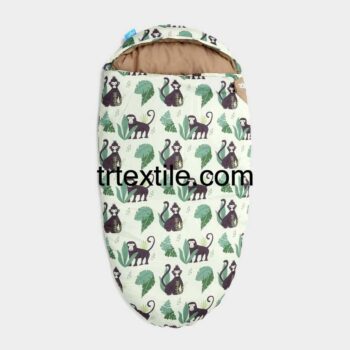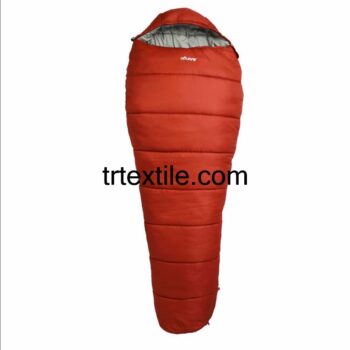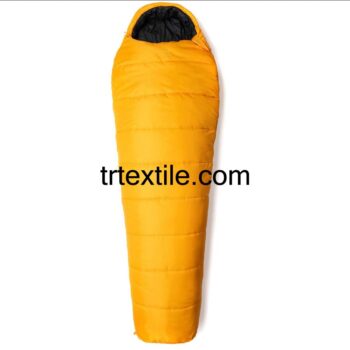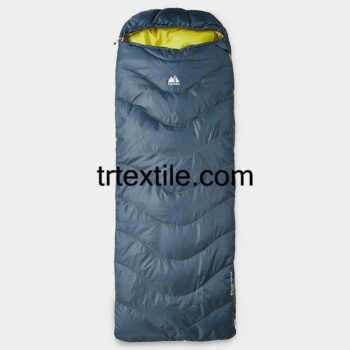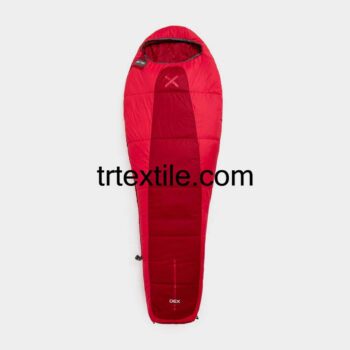-
sleeping bag production model 1
$14,00Original price was: $14,00.$12,00Current price is: $12,00. -
sleeping bag production model 2
$14,00Original price was: $14,00.$12,00Current price is: $12,00. -
sleeping bag production model 3
$14,00Original price was: $14,00.$12,00Current price is: $12,00. -
sleeping bag production model 4
$14,00Original price was: $14,00.$12,00Current price is: $12,00. -
sleeping bag production model 5
$14,00Original price was: $14,00.$12,00Current price is: $12,00. -
sleeping bag production model 6
$14,00Original price was: $14,00.$12,00Current price is: $12,00.
Sleeping bags are a crucial piece of gear for anyone who loves spending time outdoors, whether it’s camping, backpacking, or just sleeping under the stars. They provide warmth, comfort, and protection from the elements, ensuring a good night’s sleep no matter where you are.
There are a wide variety of sleeping bags on the market, each designed for different purposes and climates. From lightweight summer bags to heavy-duty winter bags, there is a sleeping bag out there to suit every need.
One of the most important factors to consider when choosing a sleeping bag is the temperature rating. This rating indicates the lowest temperature at which the bag will keep you warm. It’s important to choose a bag with a temperature rating appropriate for the conditions you will be camping in. For example, if you will be camping in the summer, a bag with a temperature rating of 35 degrees Fahrenheit or higher should be sufficient. However, if you will be camping in colder weather, you will need a bag with a lower temperature rating, such as 0 degrees Fahrenheit or lower.
Another important factor to consider is the insulation type. There are two main types of insulation used in sleeping bags: down and synthetic. Down insulation is lightweight, compressible, and provides excellent warmth, making it ideal for cold weather camping. However, down insulation loses its insulating properties when wet, so it’s not the best choice for wet conditions. Synthetic insulation, on the other hand, retains its insulating properties when wet, making it a better choice for camping in damp or rainy conditions.
The shape of the sleeping bag is also an important consideration. There are three main shapes of sleeping bags: rectangular, mummy, and semi-rectangular. Rectangular sleeping bags are roomy and comfortable, but they are also bulky and heavy, making them less ideal for backpacking. Mummy bags are tapered to fit the shape of the body, which helps to retain body heat and reduce weight and bulk. Semi-rectangular bags offer a compromise between the two, providing a balance of roominess and warmth.
Other features to consider when choosing a sleeping bag include the zipper type, hood design, and insulation weight. A full-length zipper allows for ventilation and easy entry and exit, while a half-length zipper can save weight and bulk. A hood helps to keep your head warm and can be cinched tight to prevent heat loss. Insulation weight is a measure of how much insulation the bag contains, with higher weight indicating more warmth.
In addition to choosing the right sleeping bag, it’s also important to properly care for and store your sleeping bag to ensure its longevity and performance. Always follow the manufacturer’s care instructions, which may include washing in a front-loading washing machine with a mild detergent, storing loosely in a large storage bag, and avoiding prolonged exposure to direct sunlight.
Overall, a good sleeping bag is an essential piece of gear for anyone who loves spending time outdoors. With the right sleeping bag, you can stay warm, comfortable, and well-rested no matter where your adventures take you.
